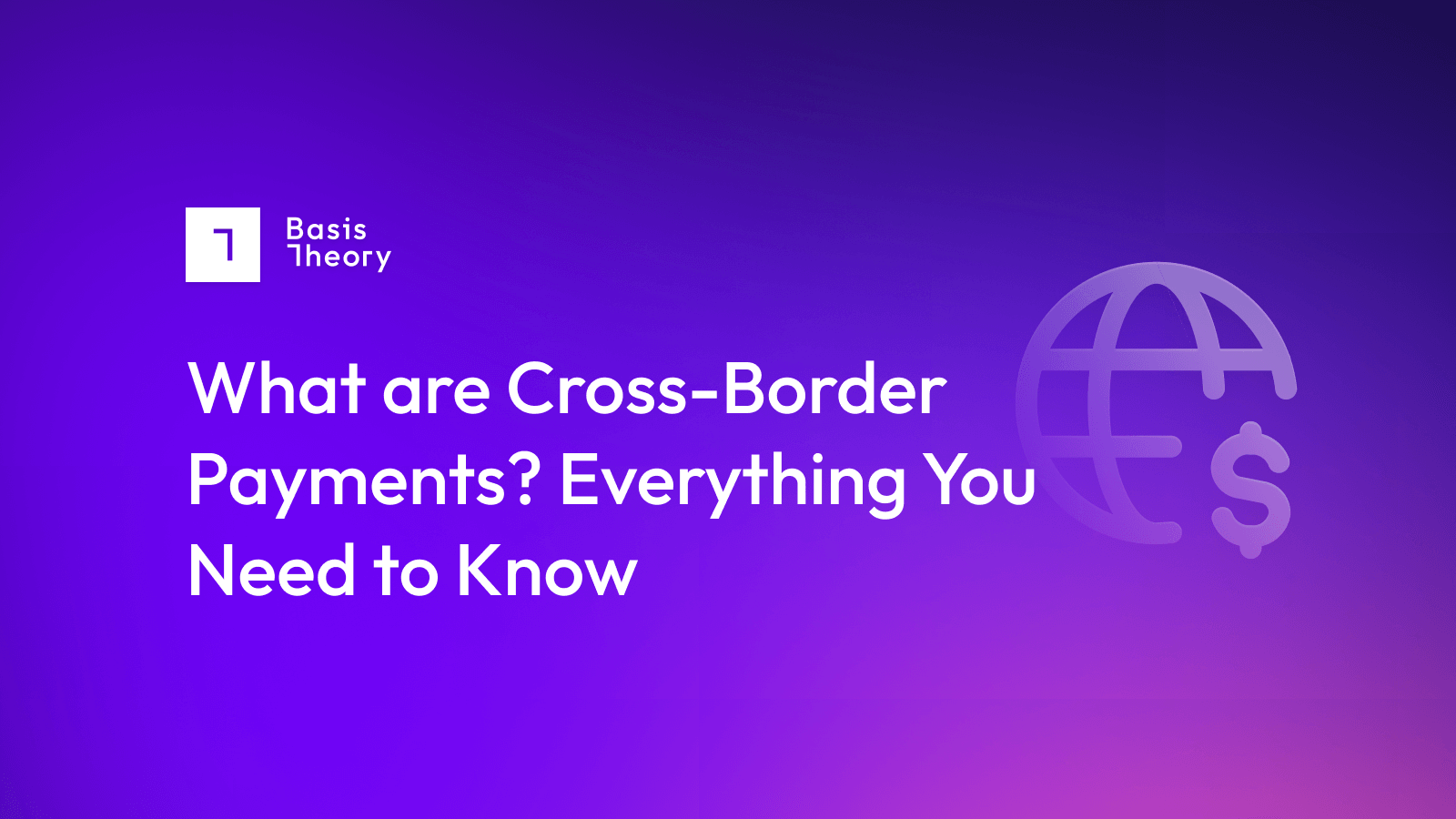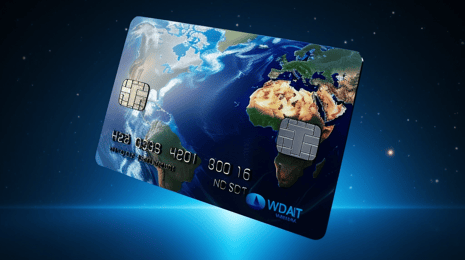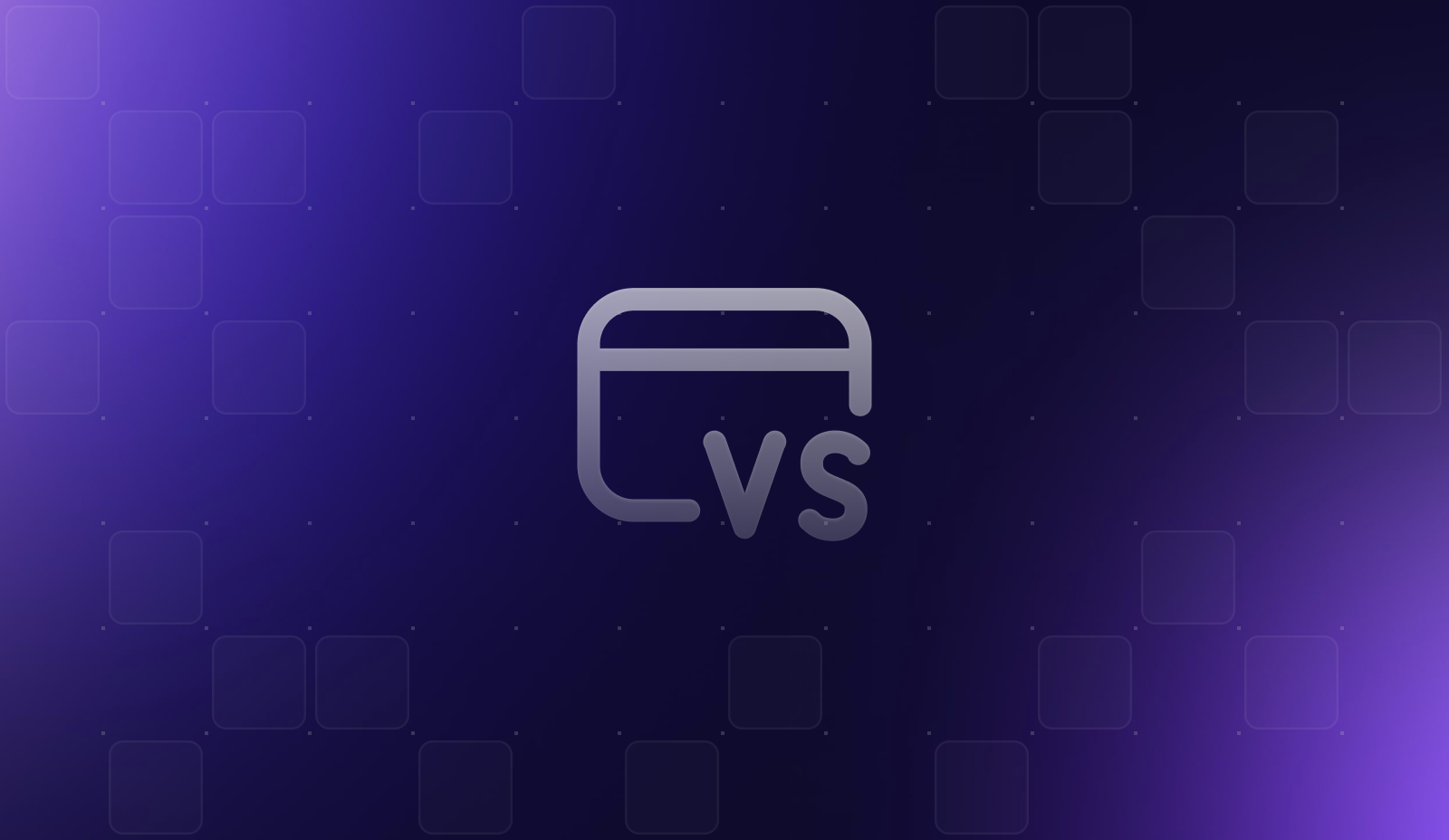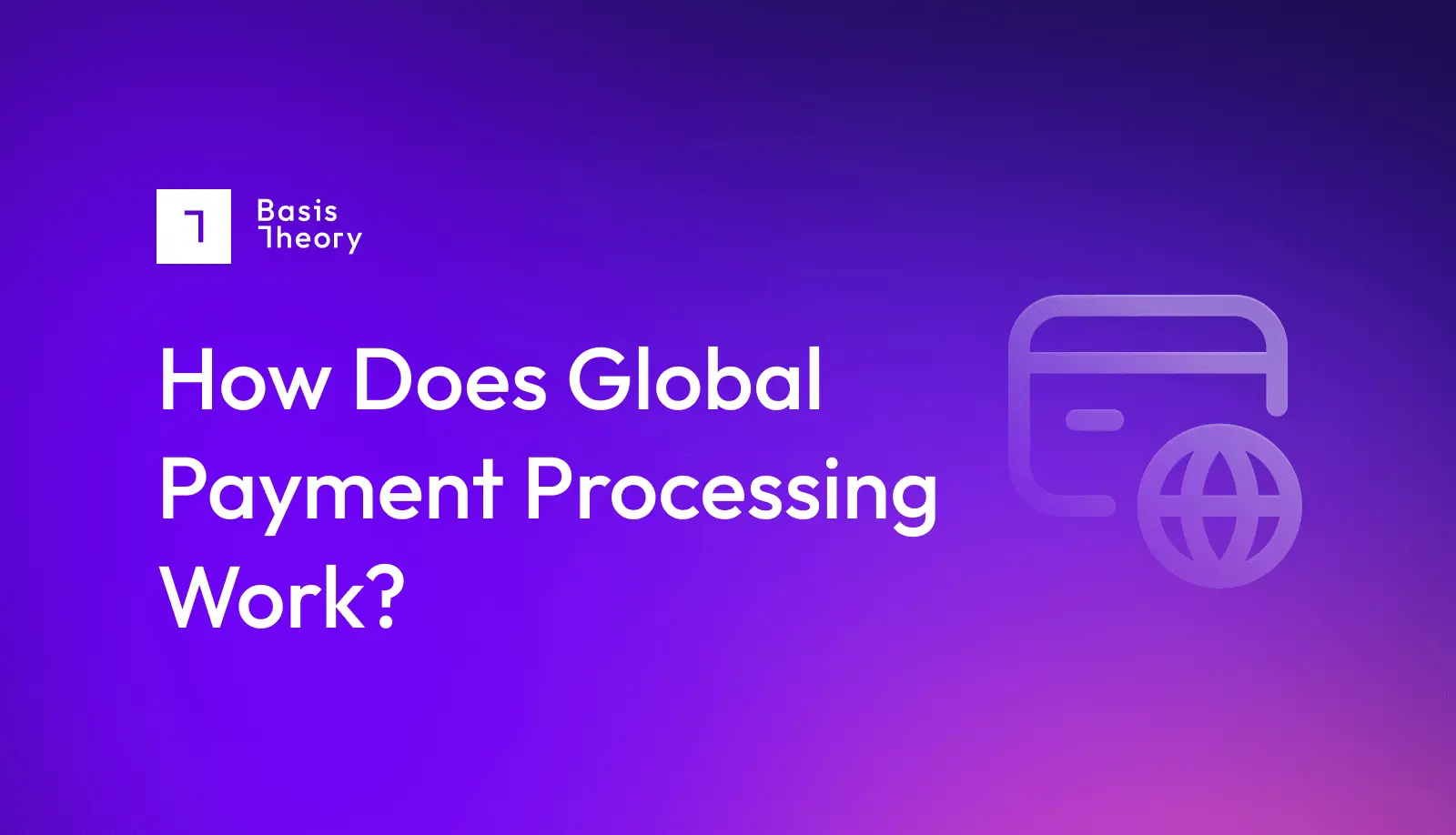What are Cross-Border Payments? Everything you Need to Know

Transferring money across borders seamlessly has opened up a realm of possibilities for businesses and individuals alike. However, many may find that cross-border payments can be complicated and expensive, especially when dealing with different currencies and banking systems. With the continual rise of e-commerce and international trade, the desire to transfer money across borders quickly and efficiently continues to grow - and innovative solutions are popping up to meet this demand.
This article explores the challenges of cross-border payments and the solutions available to make them more accessible and affordable for merchants.
Cross-Border Payments: Details and Overview
A cross-border payment refers to any transaction involving individuals, companies, banks, or settlement institutions operating in at least two different countries. In essence, cross-border payments are international payments.
These cross-border transactions are significantly more complex than traditional domestic transactions would be, but they do occur through familiar payment methods. Common cross-border payment methods include bank transfers, credit card payments, and emerging options such as mobile wallets and mobile payments.
Nearly any payment method a business or consumer would like to use can be transacted cross-border, including (but not limited to):
- Bank transfers
- International wire transfers
- Electronic funds transfers
- Credit card payments
- Debit card payments
- Global ACH payments
- Digital currencies
- Mobile wallets
- Buy now, pay later
- Blockchain-based payments
- Cash-based payments
- Paper checks
How Cross-Border Payments Work
The general concept behind cross-border payments is fairly simple: you as a merchant set up a digital platform with a checkout page and offer various payment options to customers. During this checkout process, a customer can select their preferred payment method and finish the transaction, often after completing some sort of identity authentication.
On the backend, the situation is far more complex. International payment processing typically involves a currency exchange, which means merchants (or their preferred payment processor) will have to navigate exchange rates, taxes, foreign transaction fees, and bank accounts in each currency.
Intermediaries like banks and payment processors also add complexity - and, likely, fees - to the process. For example, if the consumer makes a payment using a credit or debit card, interchange fees will likely be added to the transaction on top of the exchange rate and any other fees.
Lastly, regulations can throw a wrench into the transactions. Many countries have imposed sanctions against other countries or individuals, restricting certain types of transactions or certain monetary values. Violations of these sanctions could have severe penalties on all parties involved.
This also doesn't even include additional considerations like mandatory licensing to transact and reporting requirements that could occur if a transaction takes place over a certain monetary value.
Selecting Payment Methods
Merchants should also be pragmatic about which cross-border payment methods they make available to customers. Naturally, most merchants will want to select payment methods that appeal to their target market — for example, credit and debit cards for customers based in North America and Latin America, digital wallets for those in the Europe and Asia-Pacific regions, and so on.
Regardless of which payment methods a merchant chooses to accept, they will want to be conscious of the experience this has within a payment processing gateway.
From there, merchants must decide whether to implement localized or global fraud prevention and authentication strategies and whether to create a single or multi-acquirer setup. Additionally, if a merchant wanted to use a local acquirer in a shopper’s country of origin, they would need to register as a local entity in that country.
Cross-Border Payment Processing
In order to build an effective cross-border payments system for customers, merchants will need to partner with a payments platform that is capable of:
- recognizing the consumer’s origin source,
- applying the appropriate configuration to payment connectors,
- utilizing the appropriate authentication method, and
- generating analytics for payments optimization.
Payment analytics is especially important, as performance metrics - like regional acceptance rates by payment method, usage, and transaction fees - are essential for merchants to optimize payments and their bottom line.
Many all-in-one payment service providers will offer basic cross-border analytics in their dashboards, but smaller PSPs may not.
Challenges and Opportunities with Cross-Border Payments
One of the biggest challenges of cross-border payments is the high cost of transferring money. As mentioned previously, fees can come out at each step and from each intermediary, which can become cost prohibitive for some merchants. Likewise, the exchange rates used by banks are often unfavorable, resulting in additional fees for both the sender and the receiver.
Fortunately, there are solutions available that can make cross-border payments more accessible and affordable. One such solution is the use of digital payment platforms, such as PayPal, TransferWise, and Revolut. These platforms offer lower fees and better exchange rates than traditional banks, making it easier for businesses and individuals to transfer money across borders. These platforms are user-friendly and offer fast and secure transactions, making them a popular choice for cross-border payments.
An emerging solution to the challenges of cross-border payments is the use of blockchain technology. Blockchain is a decentralized ledger that enables secure and transparent transactions without the need for intermediaries. This technology has the potential to revolutionize cross-border payments by reducing costs, increasing speed, and improving security but still has relatively low adoption. Blockchain-based payment platforms, such as Ripple and Stellar, are already being used by banks and financial institutions to facilitate cross-border payments and will likely grow in popularity in coming years.
Cross-Border Payments: Opening the Door to International Customers
Cross-border payments are an essential part of our global economy, but they can be complicated and expensive. However, there are solutions available to make cross-border payments more accessible, simple, and affordable. Digital payment platforms and blockchain technology could offer lower fees, better exchange rates, and faster and more secure transactions. As the world becomes more interconnected, cross-border payments will continue to play a vital role in facilitating international trade and commerce.
If you’re considering cross-border payments for your business, it's essential to fully understand the international payments landscape. Reach out to us to speak with a payments expert today.
.png?width=365&height=122&name=BTLogo%20(1).png)



